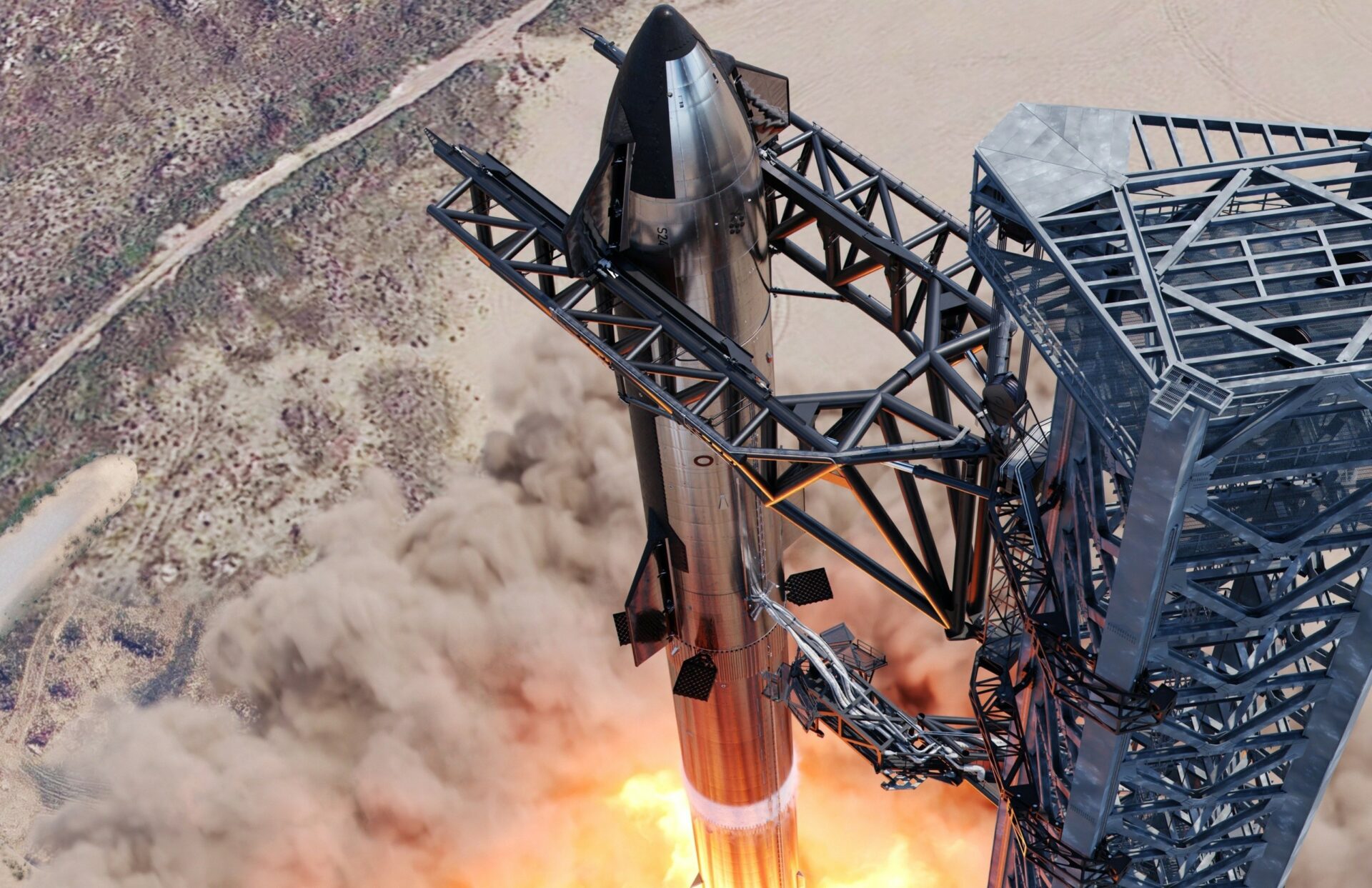The world is waiting for SpaceX to finally send its Starship mega rocket into orbit. With the successful launch of the rocket, Elon Musk will usher in a new era in human exploration of space, because it can bring us closer to the realization of the cherished dream of conquering Mars and other planets of the Solar System. The mega rocket is almost ready for takeoff and is assembled at the launch pad in Boca Chica, Texas, which the company calls Starbase.

But an ambitious project can turn into a disaster. A small flaw in the rocket’s complex hardware or software can easily trigger a chain of uncontrolled events that will lead to unforeseen consequences.
In an interview at the Morgan Stanley conference held on March 7, Musk said that the rocket “had a 50% chance of not reaching orbit.” “I’m not saying Starship will reach orbit, but I guarantee it will be exciting. In any case, it won’t be boring,” Elon Musk said.
That’s why SpaceX is building several rockets to increase the chances of success to about 80% that one of them will reach orbit in 2023. The history of Starship test flights has repeatedly shown that the rocket can explode, as it did with several prototypes SN8, SN9, SN10 and SN11. Only the fifth flight of the Starship prototype turned out to be successful, since then no tests have been conducted.
Waiting for the success of Starship
If successful, the SpaceX rocket will revolutionize the space economy. Starship and its Super Heavy booster (Booster 7), 70 meters high, are designed to land back on Earth in order to fly back into space the next day. This design will make it several times cheaper to launch payloads into orbit weighing up to 250 tons. This will increase the efficiency and reduce the cost of sending satellites, spacecraft, cargo and people to Earth’s orbit and beyond – to the Moon and Mars.
The promise of multiple Starship use and incredible flight power have made the project attractive to NASA, which has already chosen a spacecraft to land its astronauts on the Moon for the first time since 1972. The agency aims to carry out this historic moon landing in the mid-2020s.
Earlier we reported on how Starship was fully fueled for the first time.
Follow us on Twitter to get the most interesting space news in time
https://twitter.com/ust_magazine
